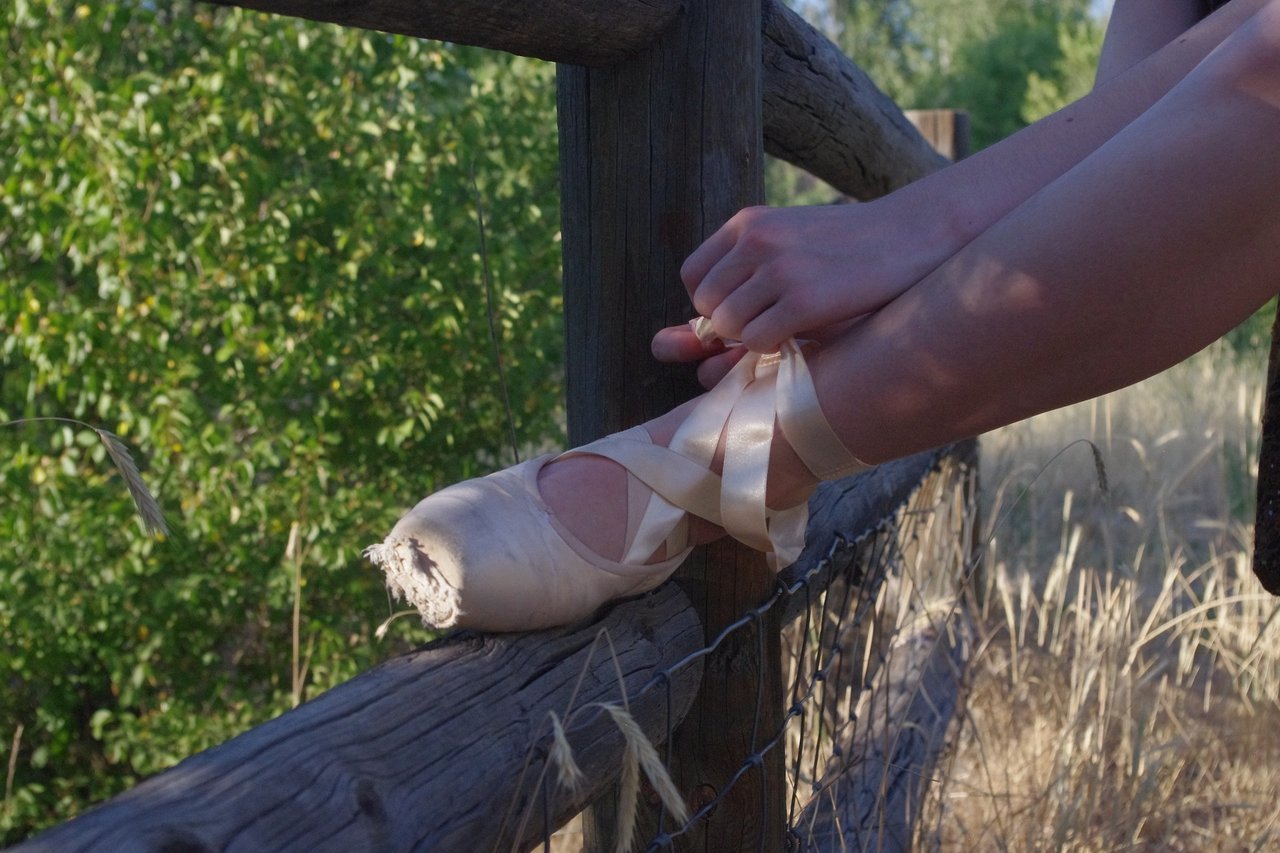
With graceful lines and layers of tulle, the world of dance is certainly one of beauty. From a young age, dancers are taught about poise, musicality and movement – all of which must come together in a performance of flawless grace.
Within the world of dance, however, the pressures to constantly perform with such beauty and elegance can require a certain “dancer’s body type”. As a result, eating disorders are unfortunately common, especially among teenage girls who are developing both physically and mentally. Here’s what parents should know about the link between ballet and eating disorders and how you can encourage positive teen body image.
Prevalence of Eating Disorders in Ballet
In the United States, eating disorders affect approximately 30 million Americans at some point in their lifetime, which is approximately 9% of the entire population. However, in dance, it’s estimated that 12% of dancers as a whole struggle with an eating disorder. Further, eating disorders in ballet dancers are 10 times more common than non-ballet dancers.
Why is this? Why do dancers find themselves at a higher risk of developing an eating disorder? Below we will outline some of the reasons.

Image Credit: WikimediaImages
The Pressure to Have a Perfect Dancer’s Body Type
It may be hard to understand why dancers have higher rates of eating disorders without being aware of the dance world. There are many pressures that dancers face both on and off stage that can lead to lack of confidence and unhealthy habits. Understanding the extreme expectations that dancers face on a daily basis can help paint a picture of why so many might develop an eating disorder.
Often girls take up ballet in childhood and continue to maintain the extracurricular activity through high school and even college. As their bodies develop and grow during puberty, they may be concerned of how it will affect their ballet performance. Further, with rehearsals and practices in front of large mirrors and wearing tight body-hugging leotards, teens are able to constantly be critiquing their bodies and comparing themselves to other dancers.
Control
For those teenagers who train in ballet, whether professionally or recreationally, it’s a process of pushing your body’s limits and constantly working towards increased control and discipline. In spite of this, our bodies are wired a certain way, and when puberty hits, we realize that we can’t necessarily control how we’re shaped, even if it doesn’t align with expectations. In other words, curves are often unacceptable in a dancer’s world, and many dancers will find the need to control the way their body looks in the same way that they learn to control how it moves.
Competition
Like many professions, dance is a competitive one and, unfortunately, often has a lot to do with what a dancer looks like. In fact, dancers are part of the larger group of performing artists that encounter physique qualifications in job descriptions. Additionally, if you’re one of many in the “corps de ballet” (the large group that dances together), it’s often expected that you look almost the same as your peers. Put simply, to succeed in the dance world, you often need to conform and maintain certain weight or image expectations. The unspoken competitiveness could drive teens to poor body image and eating disorders.

Image Credit: extremis
Preventing Teen Eating Disorders in Ballet Dancers
Given the prevalence of teenage eating disorders among ballet dancers, it is important for parents to proactively support their sons and daughters in maintaining positive body image. Below are a few tips of what parents can do.
Encouraging Confidence
An important aspect of preventing and treating eating disorders and unhealthy body image expectations, is to encourage self-love. It is important that teens first feel comfortable and confident in their own skin and embrace their unique physiques.
Monitor Thoughts
Encourage your teen to monitor their thoughts. Ask them to notice what they think about their own body image. If they find themselves often thinking negatively about their appearance, encourage them to replace these thoughts with positive affirmations like “my body is beautiful and unique just the way it is.”
Avoid Comparisons
We are often our harshest critics and these critiques often come when we compare ourselves to others. Encourage your teen to be confident in who they are and avoid comparing them to others in their class or on their team. If your teen starts to compare themselves to others, encourage them to list or focus on their strengths and gifts that they contribute.
Look to Role Models
People are becoming more aware of unrealistic body image expectations that are constantly being portrayed in the media and beyond. In the world of dance and sports particularly, many athletes and professional dancers are starting to speak out against body image expectations in competitions. For a teenager to hear this type of messaging around ballet and eating disorders from role models, it may make more of an impact than for a parent to be delivering it.
Help for Poor Teen Body Image
At the end of the day, it’s important for your teen to know that they can continue training in ballet or whatever their sport of choice is that they love without compromising their health and well-being. Having an open dialogue with your teen on body image may help change their perception of themselves. There are many organizations that offer informative materials on eating disorders including:
- Academy for Eating Disorders (AED): aedweb.org
- National Association of Anorexia Nervosa and Associated Disorders: anad.org
- National Eating Disorders Association (NEDA): nationaleatingdisorders.org
If your teen needs additional support on the journey to a healthier and more comfortable body image, please contact us. Our specialists are ready and willing to help and care for those suffering from eating disorders or body dysmorphia.
Feature Image: skeeze


